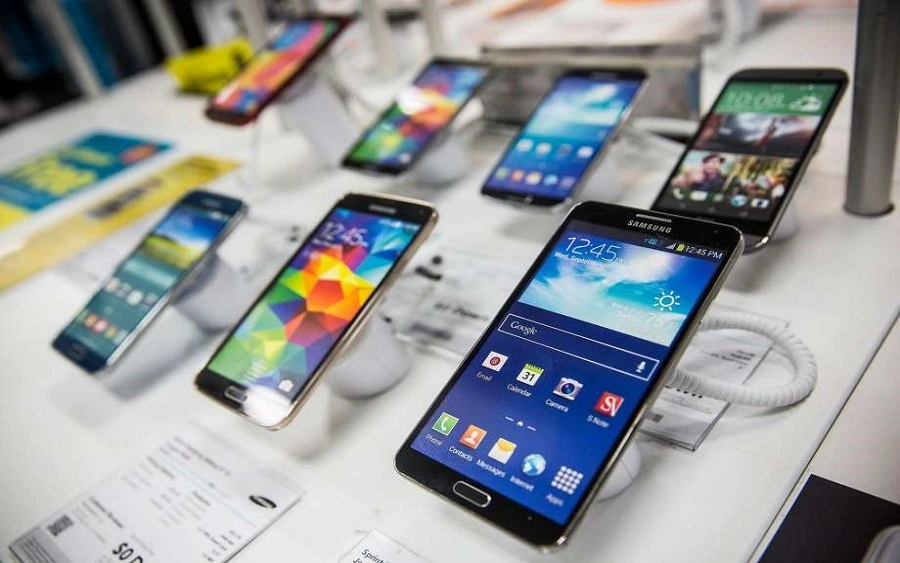
High taxes drive up smartphone costs by 30%
By Joseph Ekeng
In a recent report, the Global System for Mobile Telecommunication Association (GSMA) highlights the challenges posed by high taxes and duties on smartphone adoption in Nigeria and across Sub-Saharan Africa.
The GSMA’s latest publication, ‘The Mobile Economy Sub-Saharan Africa (2023),’ underscores a significant 10 to 30 percent surge in smartphone prices due to taxation and duty levies. This increase, varying by country, is identified as a major barrier hindering accessibility to smartphones for a substantial portion of the population.
The report outlines the adverse impact of high manufacturing costs, particularly in the 5G and 4G markets, which pose challenges for manufacturers in Sub-Saharan Africa (SSA). This limitation in producing affordable devices directly affects market share and, subsequently, the adoption of smartphones in the region.
“Taxes and duties contribute significantly to the increase in smartphone costs, hindering the potential for widespread mobile internet usage in Sub-Saharan Africa,” emphasizes the GSMA.
Despite considerable mobile network coverage, approximately 60 percent of Africa’s population lacks mobile internet access, mainly due to the persisting issue of smartphone affordability.
In response to affordability concerns, operators and manufacturers are working together to bring down smartphone prices, making digital connectivity more accessible to the population.
The report emphasizes collaborative efforts between telecom operators and manufacturers as a crucial step in addressing these challenges. Such partnerships have led to a commendable reduction in the average selling price of smartphones in recent years.
“In efforts to enhance digital access, operators and manufacturers collaborate not only on reducing costs but also in providing financing options for consumers, ensuring that smartphone adoption becomes more inclusive,” states the report.
The influx of smartphones priced under $100, primarily from Chinese brands such as Tecno, Itel, and Infinix, plays a pivotal role in making smartphones more accessible to a broader demographic. These budget-friendly devices contribute significantly to overcoming the affordability barrier and increasing smartphone adoption rates.
Furthermore, operators are increasingly engaging in partnerships with manufacturers to manage costs effectively. The introduction of financing plans for customers is a notable initiative, contributing to the ongoing efforts to enhance digital penetration in the region.
Efforts to enhance digital access involve operators and manufacturers collaborating not only on reducing costs but also in providing financing options for consumers, ensuring that smartphone adoption becomes more inclusive.
While taxation and manufacturing challenges persist, collaborative efforts and the availability of budget-friendly devices are shaping a more accessible future for smartphones in Sub-Saharan Africa, ultimately contributing to the region’s digital growth.




Comment
No comments found.